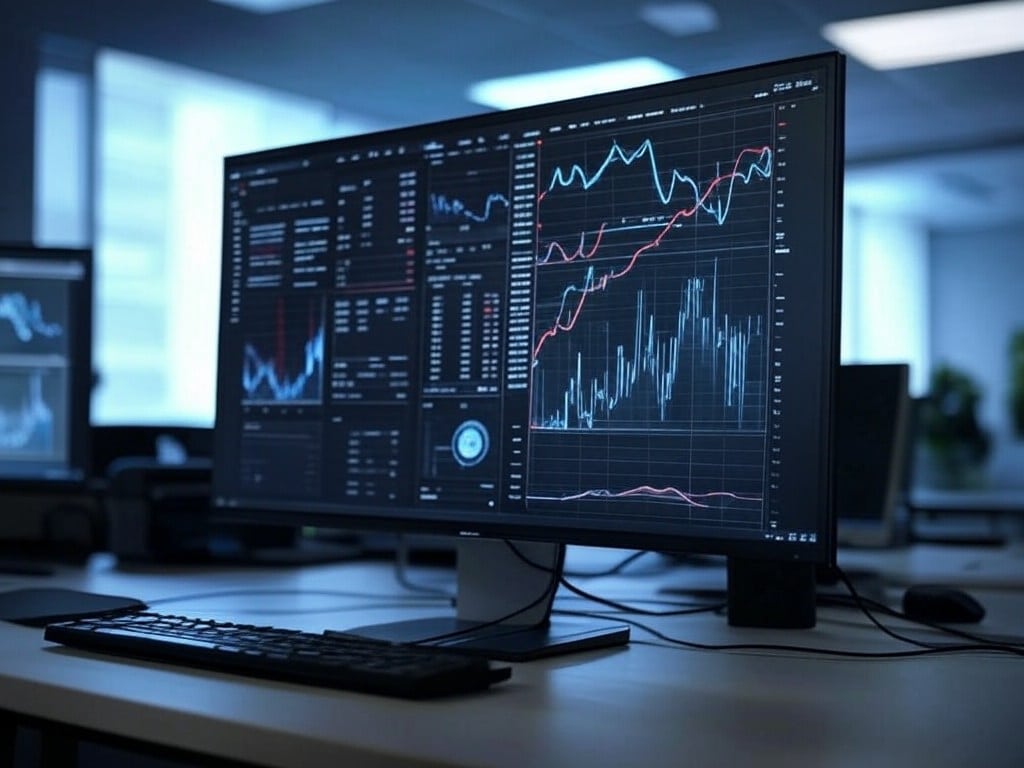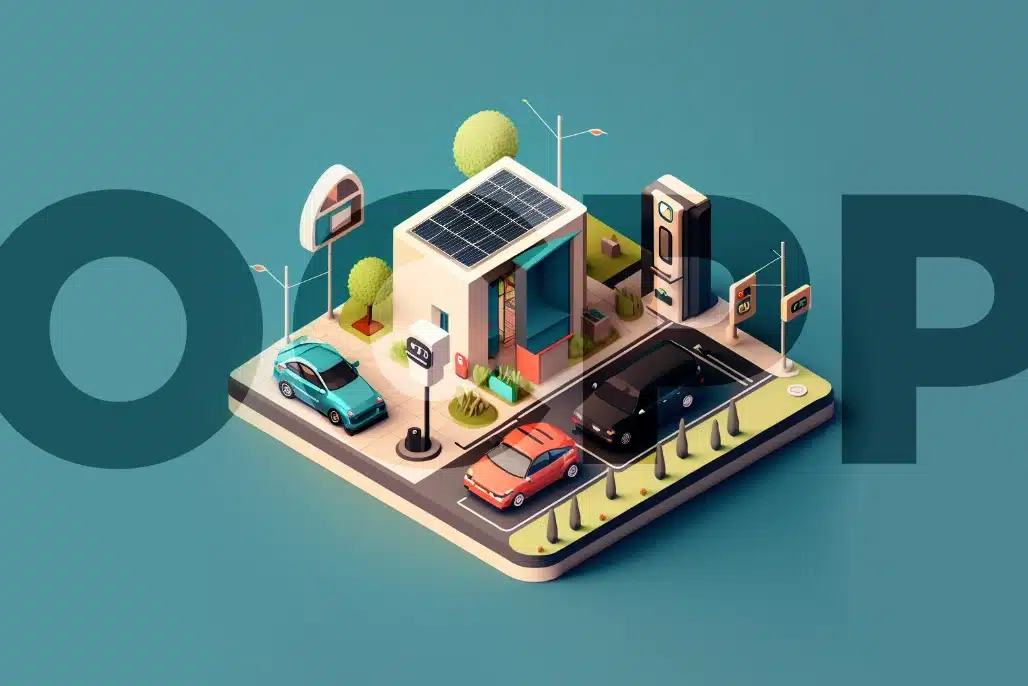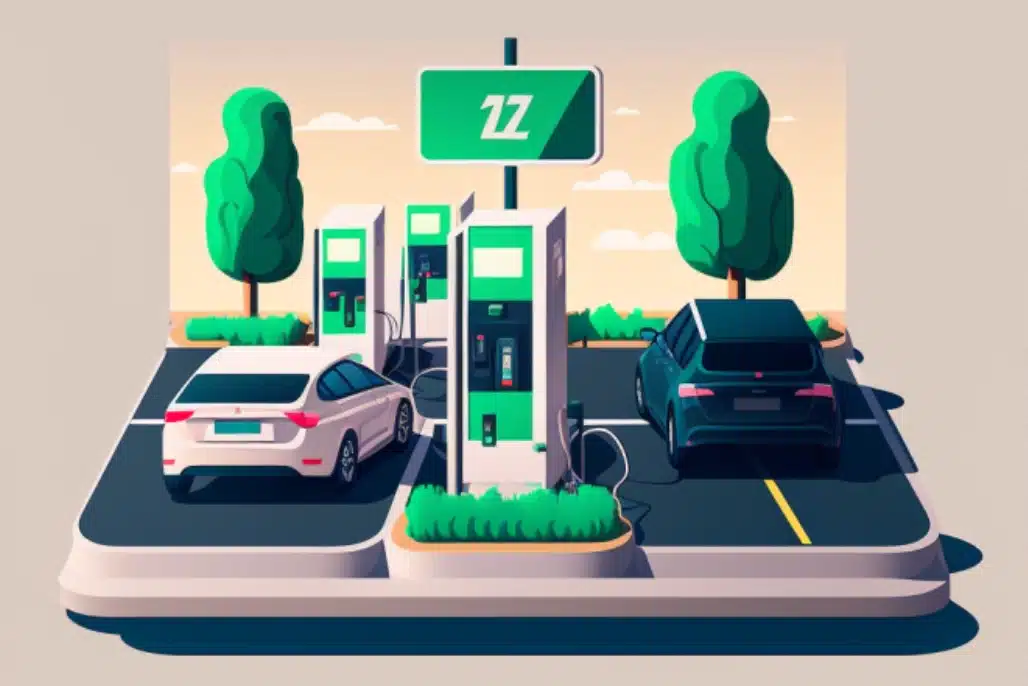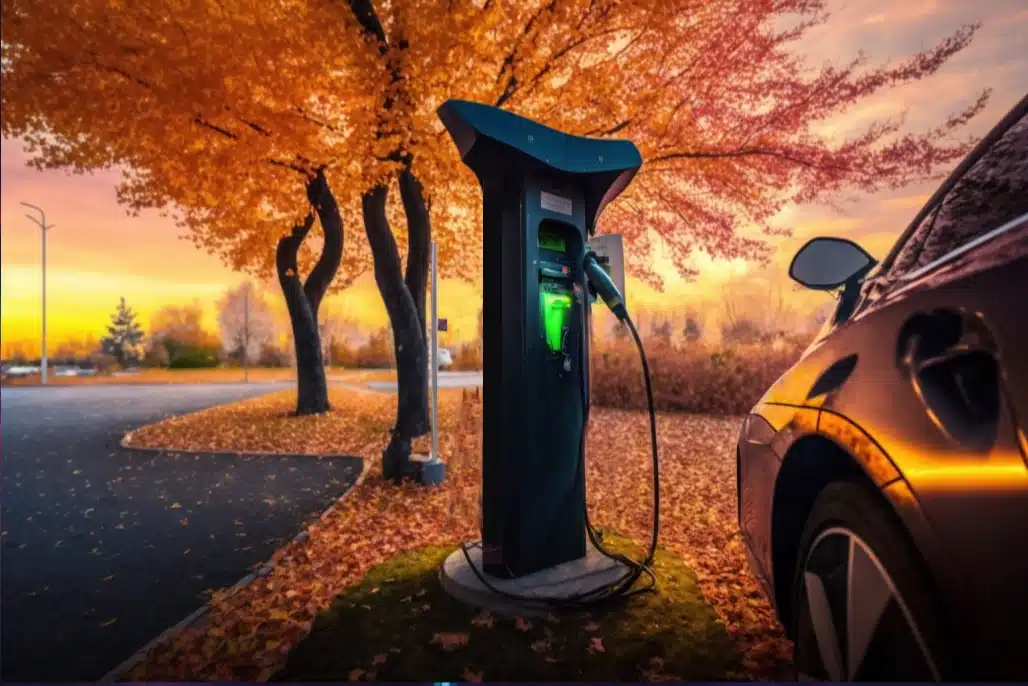
... that's what gets results.
One of the consequences of the 2022 energy crisis is that electricity prices, for example, are rapidly rising and people are starting to feel the pain in their pockets. It comes as no surprise that when power is cheap then people don’t tend to think too much about how they use it and, as a result, how much of it they actually use.
This is when energy monitoring, and therefore subsequent management, starts to become incredibly important. When you may not have worried unduly about your energy consumption beyond the usual thoughts of using less due to climate change and cutting down your carbon footprint - when it starts to actually make a tangible effect on your life right now (by how much money it’s costing your) is when you start to focus more intently on it.
Aside from being mindful of how much energy you are using, perhaps via a common energy meter clamped onto your meter or plugged into a single socket, it’s also becoming more and more important to be mindful of when it’s being used.
The move to Smart Metering is the driving factor behind this and the introduction of Time of Use (ToU) pricing tariffs by energy suppliers where the cost per kWh of power varies during the day.
Usually night rates would be the cheapest, as there are less people using power at night, and peak times such as between 5pm-7pm would be the most expensive as most people are getting home, switching on appliances, and getting together for a meal.
By varying prices, electrical providers are effectively trying to ‘nudge’ the usage of Smart Meter users so that they mindfully alter their time of use, and therefore save money. This is turn saves the suppliers money as they have to buy less electricity at peak times when demand, and therefore wholesale pricing, is highest.
For example, with the current spiralling electrical costs per kWh it would be very advantageous to switch power usage to times when power is cheaper.
Higher rated appliances such as an immersion water heater, washing machine, tumble dryer, or even dishwasher can all benefit from this kind of monitoring and management as many of them have inbuilt timers to control their operation.
Lower rated appliances may seem less important, but their aggregate consumption adds up over time - especially devices that have been left in a standby mode.
Money can be saved with just a few simple changes to your daily routine:
- Run a dishwasher or washing machine on a timed cycle overnight instead of during the day.
- Limit tumble dryer usage to early mornings or weekends and never during the day.
- Limit immersion heater usage to early mornings and never during the day.
- Cook before 5pm or after 7pm if you can.
- Charge up battery devices in the early morning before daily rates kick in.
- Turn appliances off at night, rather than leaving them in standby mode.
By being mindful of the time of day at which you consume electricity, there are savings to be made right now - and this can be achieved through the careful monitoring of your electricity usage during the day.
If you don’t have a Smart Meter with a ToU tariff now could be a good time to look into it to save money. Some Tariffs even include ‘free power’ during a weekend daytime that can be taken advantage of further to use a washer, dryer, or just mow the lawn with your electric lawnmower!
